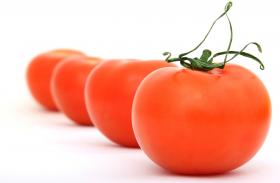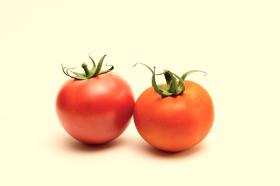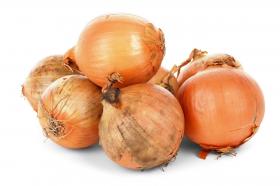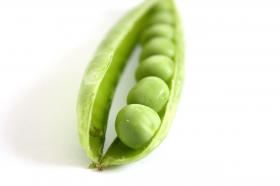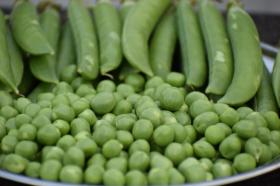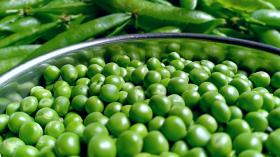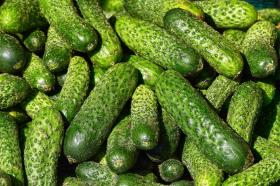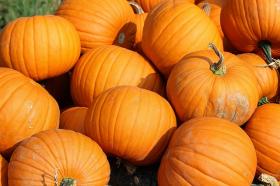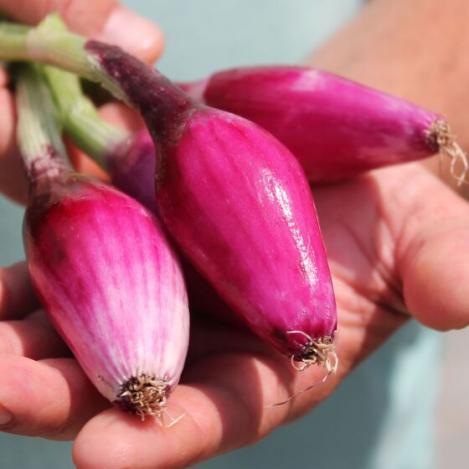
ONION (seeds) - ROSSA DI FIRENZE, organic seed, heirloom
Allium cepa
Rossa di Firenze is a traditional red onion variety, originating from Florence, Italy. It is known for its distinctive taste and color. The onions are often round or flattened with a rich purple-red skin, giving them an appealing appearance and freshness. The plants are of medium size and typically produce flavorful onions that are slightly sweeter and less bitter compared to other red onion varieties. This variety is highly valued not only for culinary purposes but also for decorative use due to its beautiful color and increased resistance to various diseases. Rossa di Firenze is perfect for fresh salads, grilling, and roasting.Rossa di Firenze Onion Growing Information:
Sowing:
- Timing: Sow seeds indoors 8–10 weeks before the last expected frost (usually late February or March) to produce strong seedlings. Outdoor sowing can be done in late April or May when the soil is warm enough (about 10–15 °C).
- Sowing depth: Sow seeds about 1 cm deep.
- Row spacing: Leave about 30–40 cm between rows, as onions need plenty of space to grow.
- Seed preparation: Soak seeds for 6-12 hours before sowing to help speed up germination.
Growing Conditions:
- Sunlight: Prefers full sun. Onions are light-sensitive and need about 6–8 hours of sunlight per day.
- Soil: Grows well in fertile, well-drained, slightly acidic to neutral soil (pH 6.0–7.0). Plant in well-prepared soil with adequate nutrients.
- Watering: Regular watering is essential, but avoid excessive moisture. Keep the soil consistently moist while preventing waterlogging, which can cause root rot.
Care:
- Weeding and loosening soil: Keep the soil free of weeds to allow onions to grow fully. Loosen the soil to improve air circulation and prevent soil compaction.
- Fertilization: Fertilize onions in early spring when they begin to grow to encourage leaf development. Fertilization is especially important if the soil is poor or onions are planted closely together.
- Pest and disease prevention: Check for aphids and other pests. Use organic pest control methods if needed to prevent disease outbreaks.
Harvesting:
- Harvest: Onions are ready for harvest when the leaves begin to yellow and fall over. Onions with firm skins are ready to be picked.
- Drying and storage: After harvesting, onions need to be properly dried before storing them for long-term storage. Ideally, they should be dried in a shaded outdoor area or in a well-ventilated space.
Packet 1100 seeds

